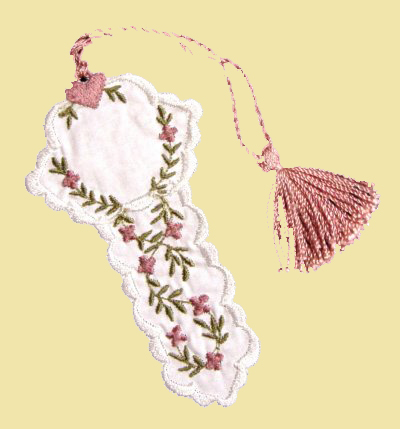To meet possible Prussian aggression, War Commissioner N. J. Löbnitz ordered the manufacture of additional organ espingols. The veteran espingol commander Major Meinke was placed in charge of Denmark's espingols. On February 1, 1864, Prussian and Austrian armies declared war and crossed the frontier of the Duchy of Slesvig-Holstein, and Denmark found herself at war. Espingols took part in the Danish defense of the advanced field positions at Dannevirke. In march 1864 the Danish espingol equipment consisted of 36 divisionsespingols with 344 barrels loaded with 20 bullets and 12 kolonneespingols with 90 barrels also loaded with 20 bullets. One espingol battery was part of the action of Vejle the 8 of March. After the action of Vejle most of the espingols were transferred to Dybbøl. The Danes made use of War Commissioner N. J. Löbnitz' inventions of the organ espingol and the espingol musket. Major Ulstrup recommended that organ espingols be employed to reinforce the Danish infantry defending the Dybbøl earthworks were a Prussian assault was imminent. On July 10th, four organ espingols and the espingol musket were distributed among different defending Danish infantry units in the outlying trenches in front of the Dybbøl fortifications.
During the Prussian assault on Dybbøl on April 18th one of the organ espingols was seen inflicting especially heavy losses on a Prussian assault column. Despite the advantage of the Prussian longer range artillery, the firepower of the espingols was able to blunt any Prussian advance. Soon the tremendous lose of life and the psychological toll of the massed fire resulted in a withdrawal of the Prussian force from the field.
The battle of Rugen was the only occasion when a Prussian squadron sought a serious engagement with the Danish fleet. The battle proved that Prussia's puny naval forces were no match for the superior ships and firepower of the Danish fleet. Also that the Danish naval officers performance in the tactical handling of the battle was superior to that of the Prussians. Breaking the Danish blockade would be impossible without taking risks that threatened annihilation of the Prussian fleet. For the remainder of the war Prussia's Baltic squadron remained safely in harbor.
